-
About
- About Listly
- Community & Support
- Howto
- Chrome Extension
- Bookmarklet
- WordPress Plugin
- Listly Premium
- Privacy
- Terms
- DMCA Copyright
- © 2010-2025 Boomy Labs


 Spanish Food Lover
Spanish Food Lover
Listly by Spanish Food Lover
Do you prefer the traditional paella valenciana, or is paella de marisco your favorite? The best ingredients for this classic Spanish dish are found here.
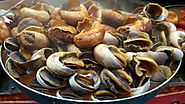
While not very popular in American cuisine, snails are a classic ingredient in traditional paella valenciana. If you haven't tried them before, it's something you should do at least once. You might be pleasantly surprised!
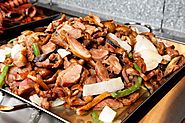
Duck can be a great addition or alternative to chicken if you want to have a richer, more unique flavor. La Marcha Tapas Bar (one of the best restaurants in Berkeley, CA) uses duck in their paella valenciana, and it's simply delicious!
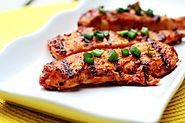
Chicken is another classic paella ingredient. It's easy to come by almost anywhere, which makes it ideal for the home cook who's interested in learning how to cook paella. It's also a "safe" choice if you have picky eaters or kids in your dining party.
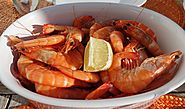
Prawns not only taste delicious, they also make the dish beautiful. Bay Area catering company Ñora Spanish Cuisine is a great example making paellas that are works of art to look at (as well as eat!), often showcasing head-on prawns.
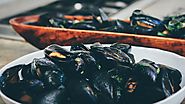
If you prefer seafood paella, or paella de marisco, you probably love mussels. They should be cooked just until open, and like prawns, they can make for a beautiful presentation in addition to adding wonderful umami to the rice.
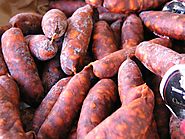
Spanish chorizo isn't the same as Mexican chorizo. It is cured (not raw) and often smoked, which adds a nice depth of flavor. The color comes from the spices in the sausage, notably paprika, which gives it its vibrant red color.

While many Americans don't often eat rabbit, but it is a traditional ingredient. If you want to taste an authentic paella, you simply can't do without it.
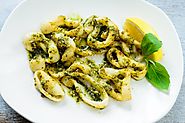
Squid is a great ingredient, if you can find it fresh. Combined with mussels, clams, and prawns, it's a fantastic addition to a seafood paella, adding that unique texture that well-cooked calamari is famous for.
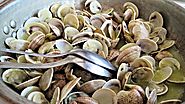
Clams and mussels often go hand in hand when it comes to paella, but they each bring something a little different to the table... literally. If you're a seafood lover, you know which one is your favorite, but there's no harm in having both!
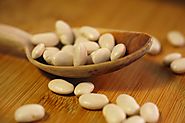
White beans often show up in traditional paella recipes. They contribute a different mouthfeel and add to the heartiness of the dish. Valencians like a particular bean called garrofón, but white lima beans are a good substitute.

Artichokes are fairly common in paella, but only when they are in season. If you are making your own paella, don't be tempted to use them if you cannot get them fresh where you live. Here in California, the best time is between March and May.
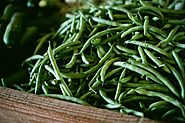
In Valencia, they use a particular kind of bean called judía ferradura, but if you're cooking paella yourself, use whatever is local and fresh to get the best flavor.
